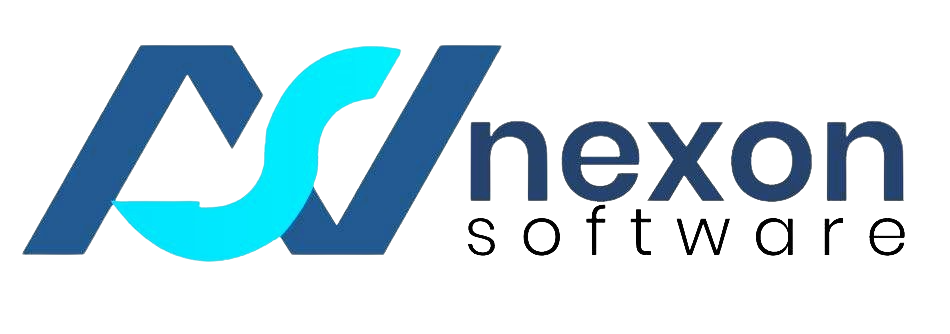Navigating Shifting Client Demands: Effective Communication Strategies for Teams
Whether due to market shifts, emerging technologies, or evolving consumer preferences, staying ahead of these changes is crucial for any organization. As a leader or team member, effectively communicating these shifting demands to your team is essential to ensure alignment, maintain productivity, and foster a collaborative work environment. This blog explores strategies for effectively communicating changing client demands to your team members.
Understanding the Importance of Communication
Effective communication is the backbone of any successful team. When client demands shift, it can create uncertainty and anxiety among team members. Clear and transparent communication helps mitigate these feelings and ensures that everyone is on the same page. Here are some reasons why effective communication is crucial:
- Alignment: Ensures that all team members understand the new client requirements and how they impact their roles.
- Engagement: Keeps team members engaged and motivated by involving them in discussions about changes.
- Problem-Solving: Facilitates collaborative problem-solving, allowing teams to brainstorm solutions to meet new demands.
- Trust: Builds trust between leadership and team members by fostering an open dialogue about challenges and expectations.
Strategies for Communicating Shifting Client Demands
1. Hold Regular Team Meetings
Regular team meetings provide a structured environment for discussing client demands and any changes that may arise. Here’s how to make these meetings effective:
- Set an Agenda: Outline the topics to be discussed, including updates on client demands, project statuses, and any challenges faced by the team.
- Encourage Participation: Allow team members to share their insights and concerns regarding shifting demands. This fosters a sense of ownership and encourages collaboration.
- Be Transparent: Share as much information as possible about the reasons behind the changes in client demands. Transparency helps build trust and understanding within the team.
2. Utilize Collaborative Tools
In today’s digital age, leveraging collaborative tools can enhance communication efficiency. Here are some popular tools you can use:
- Project Management Software: Tools like Trello, Asana, or Monday.com help track tasks related to new client demands and allow for real-time updates.
- Communication Platforms: Use platforms like Slack or Microsoft Teams for quick updates and discussions about shifting demands.
- Document Sharing: Google Drive or Dropbox can facilitate easy access to important documents that outline new client requirements.
3. Foster an Open-Door Policy
Encouraging an open-door policy allows team members to approach leadership with questions or concerns at any time. This approach has several benefits:
- Accessibility: Team members feel comfortable discussing their challenges or seeking clarification on shifting demands.
- Feedback Loop: Establishing an open dialogue creates opportunities for feedback, allowing leaders to understand how changes are impacting the team.
4. Provide Clear Documentation
When client demands shift, providing clear documentation is essential for ensuring everyone understands what is expected. Consider the following:
- Create Detailed Briefs: Develop comprehensive briefs that outline new client requirements, deadlines, and any changes in project scope.
- Visual Aids: Use charts or infographics to illustrate how shifting demands affect timelines or deliverables.
- Update Existing Documentation: Ensure that all relevant documents reflect the latest changes so that team members have access to accurate information.
5. Implement Training Sessions
Shifting client demands may require new skills or knowledge within your team. To address this, consider implementing training sessions:
- Skill Development Workshops: Organize workshops focused on skills needed to meet new client requirements effectively.
- Guest Speakers: Invite industry experts to share insights on adapting to changing market conditions or client expectations.
6. Encourage Team Collaboration
Creating a culture of collaboration can significantly enhance your team’s ability to adapt to shifting client demands. Here are some ways to promote collaboration:
- Cross-Functional Teams: Encourage collaboration between different departments (e.g., marketing, sales, development) when addressing client needs.
- Brainstorming Sessions: Organize brainstorming sessions where team members can propose innovative solutions to meet new demands.
7. Monitor Progress and Provide Feedback
Once changes are implemented, it’s crucial to monitor progress and provide ongoing feedback:
- Regular Check-ins: Schedule regular check-ins with your team to discuss progress related to new client demands.
- Constructive Feedback: Offer constructive feedback that helps team members improve their performance while adapting to changes.
8. Celebrate Successes
Recognizing and celebrating successes—no matter how small—can boost morale during times of change:
- Acknowledge Efforts: Publicly acknowledge individual and team efforts in adapting to shifting client demands.
- Reward Achievements: Consider implementing a rewards program that recognizes outstanding contributions during transitions.
Overcoming Challenges in Communication
While effective communication is vital during times of change, challenges may arise. Here are some common obstacles and how to overcome them:
1. Resistance to Change
Team members may resist changes due to uncertainty or fear of increased workload.
Solution:
Communicate the benefits of adapting to new client demands clearly and involve them in discussions about how these changes align with broader business goals.
2. Information Overload
Providing too much information at once can overwhelm team members.
Solution:
Break down information into digestible parts and prioritize key messages that need immediate attention.
3. Miscommunication
Misunderstandings can occur if messages are not conveyed clearly.
Solution:
Encourage questions during meetings and provide opportunities for clarification through follow-up communications.
Conclusion
Effectively communicating shifting client demands is essential for maintaining productivity and fostering a positive work environment. By implementing strategies such as regular meetings, utilizing collaborative tools, fostering an open-door policy, providing clear documentation, encouraging collaboration, monitoring progress, and celebrating successes, teams can navigate change more smoothly.In a world where adaptability is key, strong communication skills will empower teams to respond proactively to shifting client needs while maintaining morale and engagement. By prioritizing effective communication strategies, organizations can not only meet their clients’ evolving expectations but also cultivate a resilient workforce ready for future challenges.



